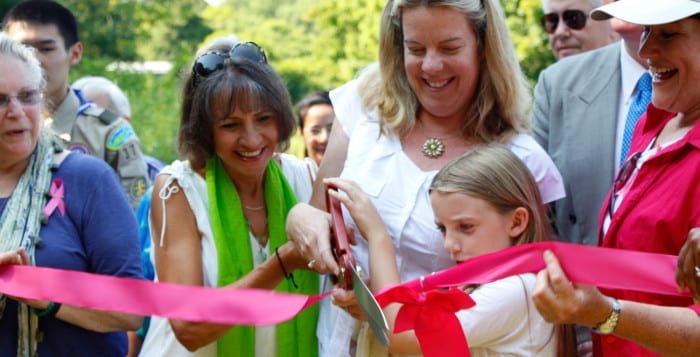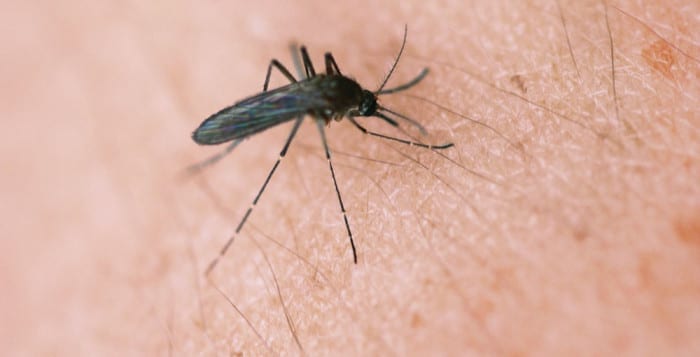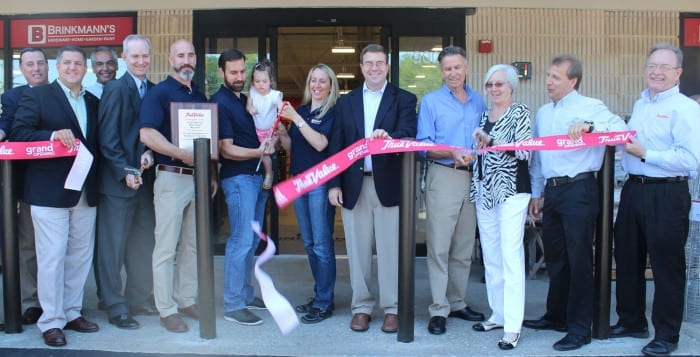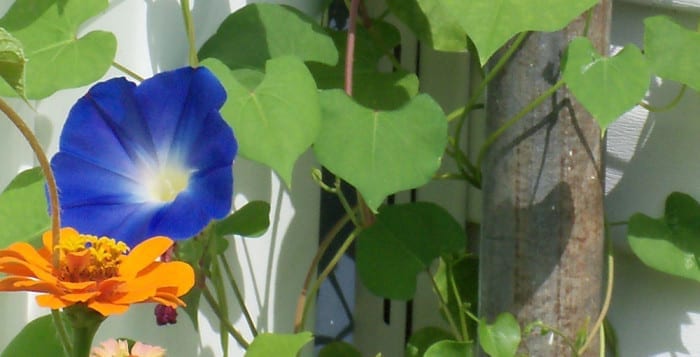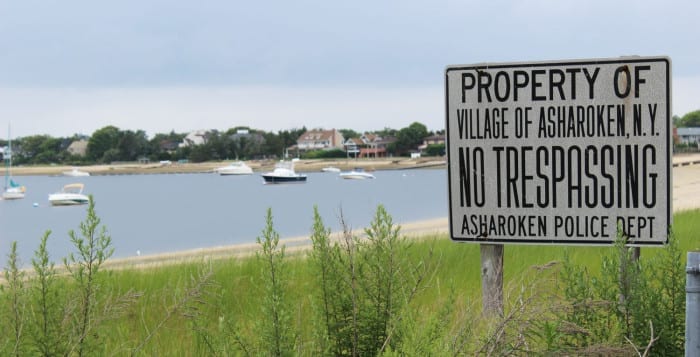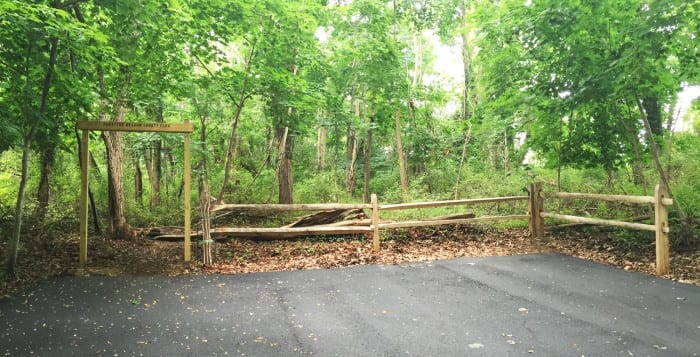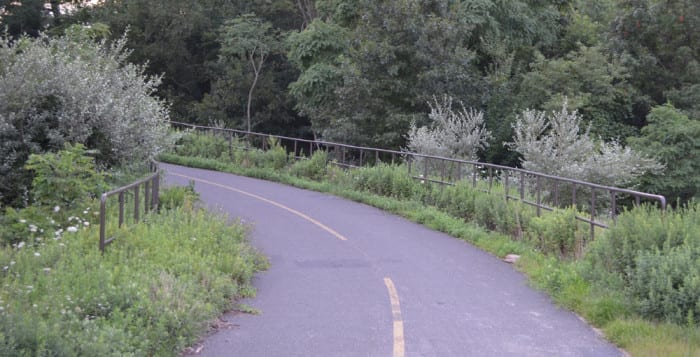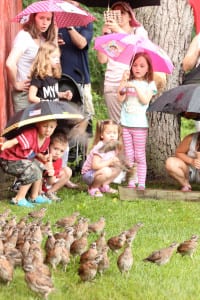Suffolk County Legislator Kara Hahn (D-Setauket) will finally cut the ribbon and officially open a new walking trail created in the Forsythe Meadow County Park and Nora Bredes Preserve on Monday, July 27.
Park visitors can walk and hike the trail, which spans around 1.2 miles according to Hahn. However, fires, camping and hunting are not permitted at the park, which will be open from dawn until dusk.
The county and Three Village Boy Scouts led by Jeffrey Weissman, scoutmaster of Troop 377, have made several improvements to the property in addition to the walking trail. The county parks department created a parking lot located in close proximity to the trail.
Weissman and his team, however, established the gated entranceway for the trail. They also set up fence posts and directional signs where the trail diverges to help visitors follow the trail.
People walking or hiking the trail can use hiking sticks, which are placed in holders at the entrance and exit of the trail. Visitors can also see signs throughout the trail that provide information on ticks, poison ivy and the bamboo forest, which the trail goes through, Weissman said.
“It’s nice to know this area of land preserved by Suffolk County [is] to remain a meadow and forest area and not be bulldozed and built up,” Weissman said.
In 1999, the Coalition for the Future of Stony Brook Village was created to push for the preservation of Forsythe Meadow after developmental pressures jeopardized the woodland area with a 40-lot home subdivision. The adjoining Smoke Run Farm was threatened, too.
According to Louise Harrison, who was the co-chair of the coalition, the homes would have disrupted the ambiance of the area as the woodland wraps around the farm.
In order to prevent the farm’s disappearance after the owner Joan Johnson died, the county and Brookhaven Town bought the development rights, which prevented future building on the property.
Not only did the county and town want to preserve the farm but community members realized the park was the last forest in Stony Brook. The coalition, which was around 2,000 members strong at the time, according to Harrison, banded together and fought to save the property. The county purchased the 36-acre Forsythe Meadow in 1999 to help preserve the area.
While members of the coalition celebrated the preservation of the property, Harrison said, they were not able to officially use the property until recently with the creation of the walking trail.
“It’s a real success story,” Harrison said in a phone interview. “It’s a wonderful joy to know that we can enjoy the fruits of our labor.”
The late county Legislator Nora Bredes also advocated for the area between 1992 and 1998 followed by her legislative successor, Vivian Viloria-Fisher. In April 2012, the park’s preserve was renamed to honor Bredes’ memory.
While the new trail is one of the most recent improvements, Weissman said there is more to come.
He wants to establish rest areas along the trail as well as kiosks, among other projects. Because Eagle Scouts take the lead on executing these plans according to their availability, it may take until next spring to make these plans a reality.
In regards to the walking trail residents can attend the ribbon-cutting ceremony, which will take place Monday at 52 Hollow Road in Stony Brook at 3:30 p.m. Hahn said the trail and the park alike are for local residents to use and enjoy.
“It has a healthy recreation aspect when you walk and hike the trail,” Hahn said. “It’s also good for your emotional well-being to get out and enjoy nature and put away electronics and just experience what we have here. It’s a beautiful addition to our parks in the area.”
 The Bates House, 1 Bates Road, Setauket, will host a reading and book signing by Carl Safina on Thursday, Aug. 6, at 7 p.m. Named one of 100 Notable Conservationists of the 20th Century, Safina has authored seven books including “Song for the Blue Ocean,” which was a New York Times Notable Book of the Year, “Eye of the Albatross,” “Voyage of the Turtle” and “The View from Lazy Point.”
The Bates House, 1 Bates Road, Setauket, will host a reading and book signing by Carl Safina on Thursday, Aug. 6, at 7 p.m. Named one of 100 Notable Conservationists of the 20th Century, Safina has authored seven books including “Song for the Blue Ocean,” which was a New York Times Notable Book of the Year, “Eye of the Albatross,” “Voyage of the Turtle” and “The View from Lazy Point.” 



